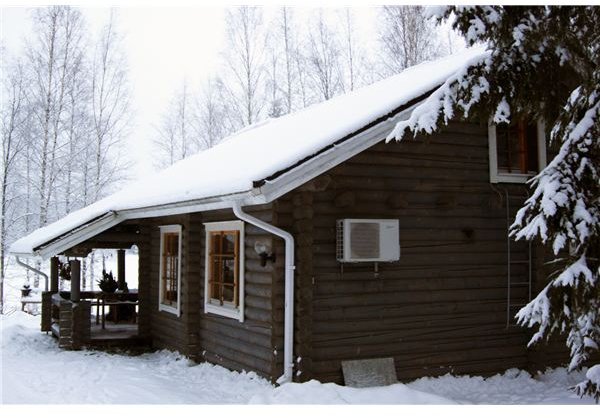Brief FAQ on Radon: How to Test for Radon & More
Radon is an odorless, colorless gas that seeps into homes and is believed to be responsible for about 21,000 lung cancer deaths each year. It is especially dangerous during winter months when most people keep their doors and windows closed, which allows it to build up even more. Only smoking causes more cases of lung cancer and radon kills more people annually than drunk driving, falls, drowning, and fires.
Where Does it Come From?
Radon is a radioactive gas created during the natural decay of uranium found in the soil, bedrock, and air. It is found throughout the entire country and seeps into buildings from below. It is found almost everywhere, but radon in the home is most dangerous because of the amount of time you spend there.
How do I Test for Radon?
There are two types of tests — short-term and long-term. Short-term tests take up to 90 days and use charcoal canisters, alpha tracks, electret ion chambers, continuous monitors, or charcoal liquid scintillation detectors to capture radon and determine how much radon is present at a specific point in time. Long-term tests use alpha track or electret detectors to monitor radon over the course of a year and determine the year-round average radon temperature.
How do I Deal with Large Amounts?
Although it is impossible to completely eliminate radon, you can bring the levels down, especially if your test results showed radon levels higher than 4 picoCuries per liter (pCi/L). 4 pCi/L has been determined to be a level at which the danger from radon increases significantly and one in 15 homes is above this level. There are several ways to reduce radon levels:
- Underground Ventilation. Underground ventilation adds a vent and pipe system beneath your home. As radon rises beneath your home, this system captures it and disperses it to the outside. Little structural changes to your home are required for installation.
- Making your Home Airtight. A primary source of radon gas in a home is cracks or other openings in the foundation, basement walls, and other areas. Closing these gaps can drastically reduce the amount of radon entering as well as improve your home’s energy efficiency.
- Interior Ventilation. Interior ventilation doesn’t prevent radon from entering your home, but it does work to quickly expel it and prevent it from building up in your home. Adding an interior ventilation system is also a great way to improve your home’s overall indoor air quality by removing other pollutants and regularly bringing in fresh air.
- Natural Ventilation. Opening windows doors and vents can be a good quick fix to a sudden buildup or as a temporary solution while installing or repairing other radon removal systems. However, once the windows and doors are closed, radon levels typically return to their previous values within 12 hours, so there is no long-lasting effect from this method.
